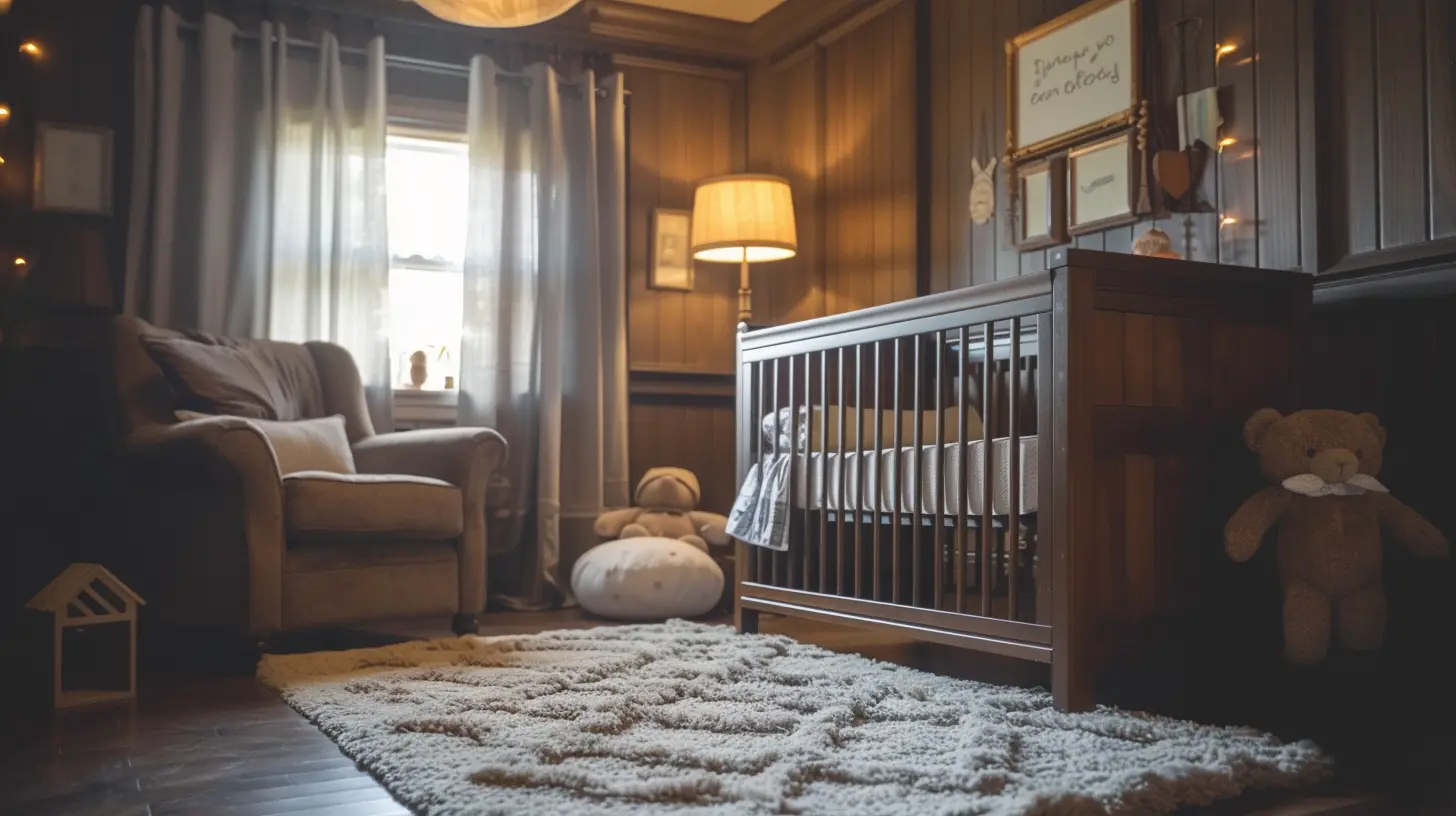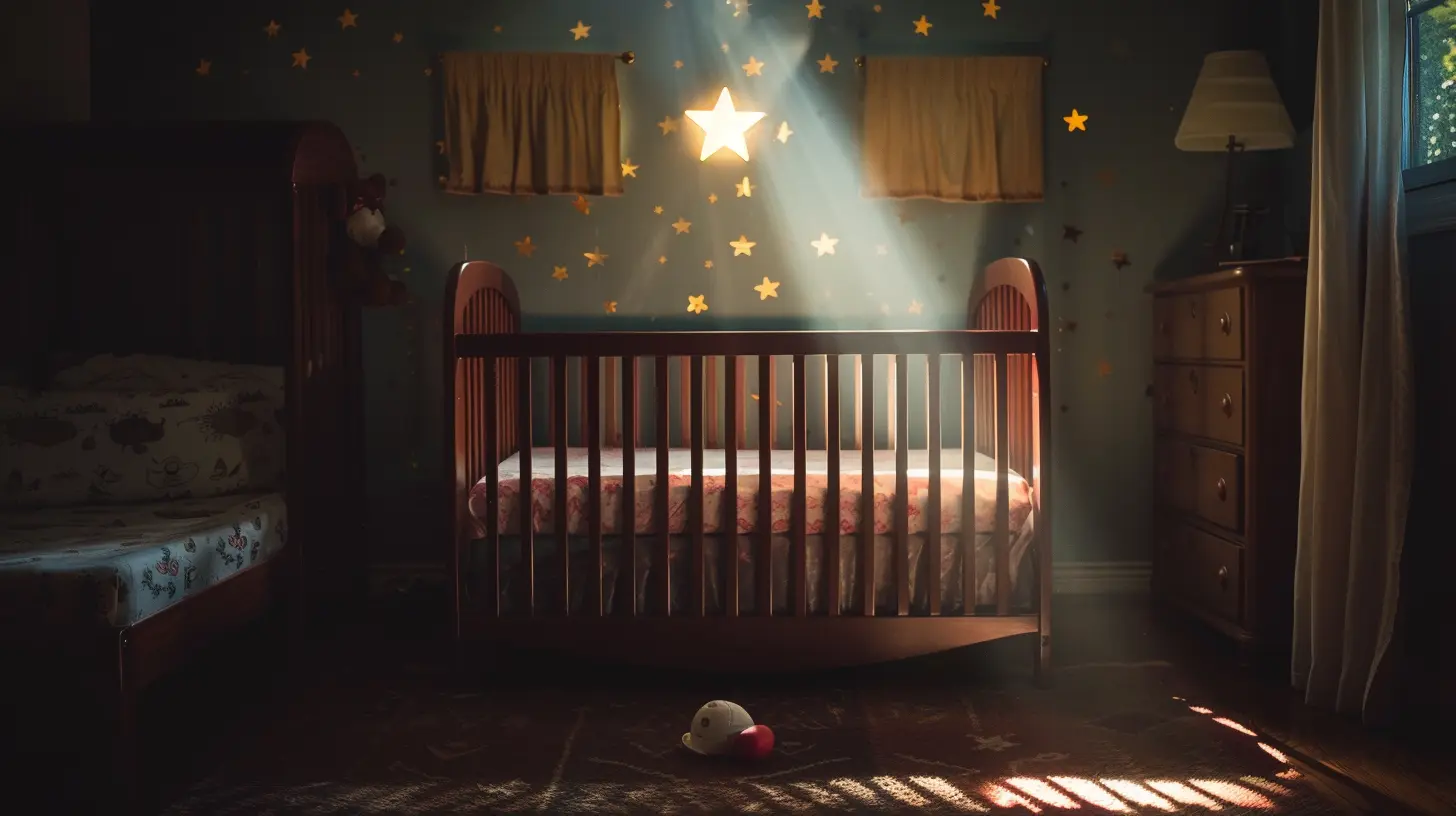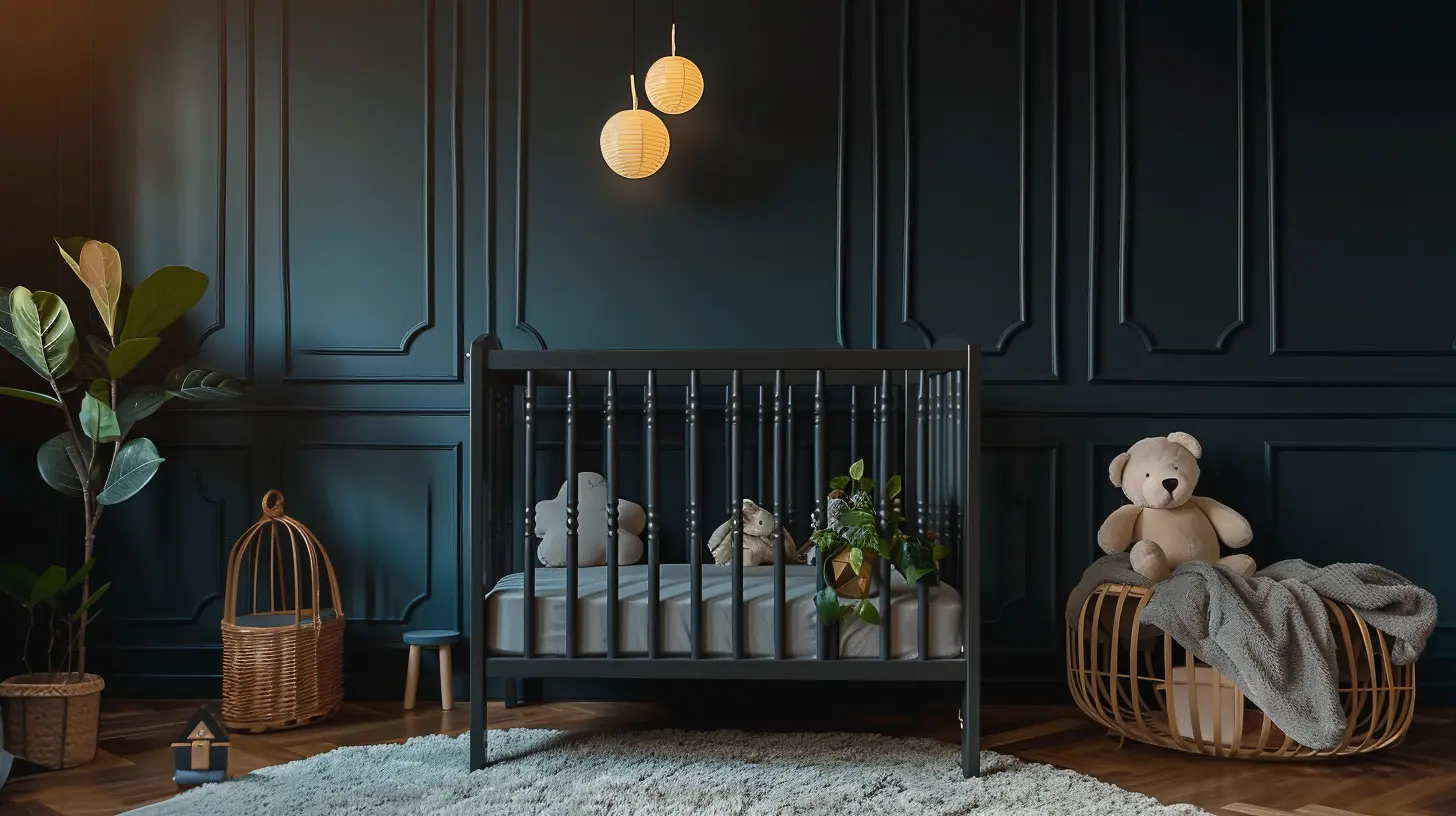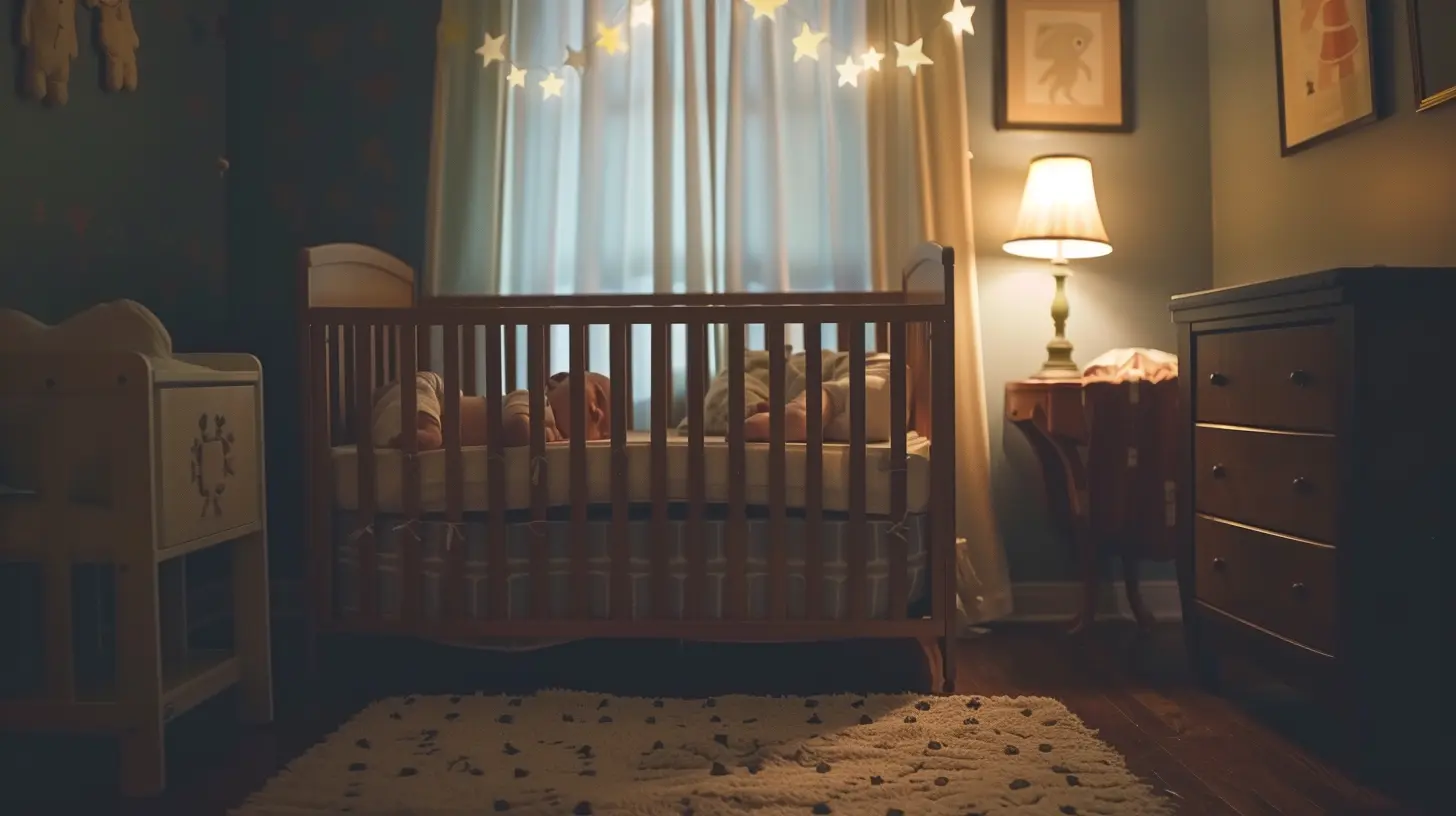The Importance of a Dark Nursery for Improved Baby Sleep
28 October 2025
You tiptoe into the nursery at 2 a.m., rocking your baby gently and praying to every sleep god that she drifts off soon. But despite all the lullabies, white noise, and swaying, her eyes are wide open. Sound familiar?
Sleep struggles with babies are more common than dirty diapers. And while there are many factors you can tweak—feeding times, bedtime routines, naps—there’s one magical weapon many parents overlook: a super dark nursery.
Let’s dive into why a completely dark room might just be your baby’s best bedtime buddy.
Why Sleep Matters So Much for Babies
First things first—why all the fuss about baby sleep, anyway?Babies aren’t just tiny grown-ups. Their brains and bodies are in overdrive, growing and developing every single day. That means they need way more quality sleep for proper brain development, emotional regulation, and even physical growth.
Less sleep = more crankiness, slower development, and often, more stress for everyone involved.
When your baby doesn’t sleep well, neither do you. And let’s be honest, an exhausted parent trying to soothe an overtired baby? That’s a recipe for a mini meltdown (and maybe a few tears from you too).
Light and Sleep: What’s the Connection?
Humans are wired to respond to natural light. Blame it on our circadian rhythm, aka our internal clock. When it gets dark, our brains release melatonin, the hormone that makes us sleepy. Light, however—especially artificial light—throws that rhythm off big time.Now, imagine that for a baby whose system is still learning to regulate day and night.
Too much light in your baby’s sleep space can trick the brain into thinking it’s still daytime, making it harder to fall or stay asleep. Even small sources of light—think hallway lamps or nightlights—can interfere.
Put simply: Light is like caffeine for the brain. And just like you don’t chug coffee before bed (hopefully), babies sleep best in total darkness.
What Is a “Dark Nursery”?
When we say “dark,” we mean really dark—as close to pitch black as possible. You shouldn’t be able to see your hand a few inches from your face. No glowing monitors. No night lights. No peeks of sunshine through the blinds.Blackout curtains? Essential.
We’re aiming for a womb-like environment. Remember, your baby spent 9 months in complete darkness. A pitch-black room helps recreate that cozy, safe space—perfect for inducing deep, restful sleep.
The Science-Backed Benefits of a Dark Nursery
You’re not just taking parenting advice from a sleep-deprived blogger. Nope, there’s actual science backing this up. Here’s how a dark nursery can boost your baby's sleep:1. Encourages Melatonin Production
Melatonin needs darkness to be produced properly. The darker the room, the more melatonin your baby makes, which helps them fall asleep faster and stay asleep longer.2. Reduces Stimulation
Babies are hyper-aware of their surroundings. When the room is dim, there’s less visual clutter to distract them. It helps their brain say, “Ah, time to wind down.”3. Improves Sleep Association
A dark room creates a strong sleep cue. Once your baby links “darkness” to “sleep,” even travel naps and sleepovers at Grandma’s become smoother (just bring blackout shades with you!).4. Supports Consistent Sleep Cycles
With a dark nursery, your baby is less likely to wake fully between sleep cycles. That means more consolidated naps and longer stretches at night. Yes, please!But My Baby’s Afraid of the Dark… Right?
This fear is actually a myth for infants. Babies usually don’t develop a fear of the dark until age 2 or later—when their imagination kicks into gear. Before that, darkness is often calming for them.If you have a toddler and night terrors are in play, that’s a whole other story. But for babies? The darker, the better.
How to Make Your Baby’s Nursery Darker (Without Going Full Dungeon)
Alright, you’re convinced: darkness = sleepy baby. So how do you create the ultimate cave-like nursery without making it feel like the Batcave?1. Invest in Quality Blackout Curtains
Not all blackout curtains are created equal! Look for thick, lined curtains that sit flush against the wall or window. Even better? Combine blackout curtains with blackout blinds. Double the coverage, double the darkness.2. Seal Out Light Leaks
Look around the nursery once it’s “dark.” Are there slivers of streetlight peeking through? Any hallway glow? Use painter’s tape, Velcro strips, or blackout window film to block those sneaky rays.3. Say Goodbye to Nightlights (For Now)
Unless your pediatrician suggests one for a medical reason, skip the nightlight for babies. Remember, they’re not scared of the dark. You can use a dim red or amber light if you really need visibility during feeds or diaper changes—those colors don’t mess with melatonin the way blue or white light does.4. Cover or Remove Glowing Electronics
Baby monitors, humidifiers, sound machines… they all love to flash their little lights at night. Use electrical tape or stickers to cover them up. Every little bit counts.Traveling? Don’t Panic—Bring the Darkness With You
One of the best parts about using a dark nursery is that it becomes a powerful sleep association. But what happens when you're not home?Great news: there are portable blackout solutions!
- Use travel blackout shades with suction cups.
- Tape black trash bags or aluminum foil to hotel windows (MacGyver style).
- Pack a blackout sleep pod or SlumberPod for truly portable darkness.
Once your baby is used to sleeping in the dark, they’ll find comfort in it—no matter where they sleep.
Does Darkness Alone Solve All Sleep Problems?
Not quite.While a dark room does a ton of heavy lifting, it’s not a cure-all. You’ll still need to build good sleep habits: a consistent bedtime routine, appropriate wake windows, and calming cues like white noise.
Think of it like this: a dark nursery is your secret weapon, but it works best when part of an entire sleep-supporting army.
But What About Daytime Naps?
Great question! Yes, even during the day, babies benefit from a dark environment.Babies don’t understand time the way we do. They won’t say, “It’s 1 p.m., nap time!” Their little bodies only respond to melatonin and routine. So giving them a pitch-black nap space—even in broad daylight—can help them nap longer and wake less during transitions.
You might worry that it’ll “mess up their days and nights,” but rest easy: as long as there’s a clear daytime routine with feeding, playtime, and natural light exposure in the awake periods, they’ll still learn the difference.
What If Darkness Doesn’t Seem to Help?
Just like adults, some babies are more sensitive than others. If you’ve already made the room dark and sleep is still wonky, take a step back and reassess:- Are naps and bedtime happening at the right times?
- Is your baby overtired or undertired?
- Are there digestive or medical issues at play?
Darkness is powerful, but it may take a few days—or even weeks—for some babies to adapt. Stick with it. Consistency is key. And remember, every baby is different. Don’t be afraid to tweak until it works for you.
Real Parent Testimony: It Worked for Us
When we finally installed blackout curtains in our son’s nursery, it was like flipping a switch.Before? Catnaps lasting 20 minutes and night wakeups every hour.
After? 2-hour naps. Night stretches of 6–7 hours. We actually watched a movie again. Together.
Was it magic? Nope. Just melatonin, biology, and a bedroom so dark even the dog got sleepy in there.
Final Thoughts: Create a Sleep Sanctuary
We spend so much time decorating nurseries to look cozy and Pinterest-perfect. But those frilly curtains and cute twinkle lights? They might be sabotaging your baby's sleep.So instead of thinking about design, think about function. Your nursery should be your baby’s sleep sanctuary—a quiet, dark, calm space where their body knows exactly what to do.
And hey, if it means better sleep for everyone in the house? That’s a total win.
all images in this post were generated using AI tools
Category:
Baby SleepAuthor:

Kelly Snow
Discussion
rate this article
1 comments
Eli Reynolds
Who knew that a little darkness could be a baby's best friend? Embrace the cozy cave vibes in the nursery—it's like a sleep paradise for tiny tots! 💤🌌 Sweet dreams await!
November 3, 2025 at 4:50 PM

Kelly Snow
Absolutely! A dark nursery creates the perfect environment for restful sleep, helping babies feel secure and cozy. Sweet dreams indeed! 💤🌙


